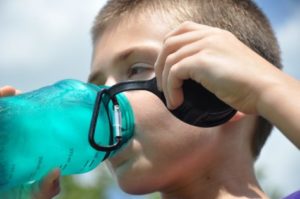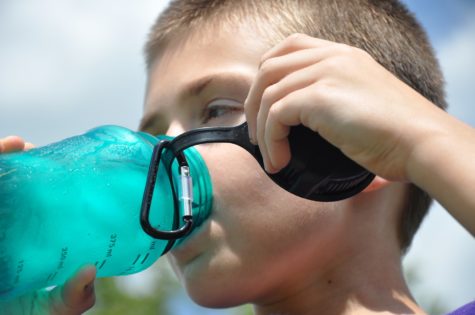CHAMPAIGN, III. — Replacing unhealthy drinks with water in school lunches could help prevent over half a million American adolescents from becoming overweight or obese, a new study finds.
Researchers at the University of Illinois used the results of a program conducted in New York City elementary and middle schools from 2009 to 2013, in which water dispensers were placed in cafeterias, and extrapolated them to the entire nation.

The Big Apple’s experiment led to students consuming water at triple the rate, and decreased the likelihood of a given student being overweight a year later.
The researchers’ model found that supplanting other beverage options with water would cost a school district about $18 over the entirety of a student’s academic career, yet could save taxpayers $174 throughout the course of that individual’s life.
Their model assumed that those who lost weight would stay trim, which would likely lead to a reduction in both medical and indirect costs (e.g., absenteeism and reduced productivity).
Lead researcher Ruopeng An emphasizes that an increase in consumption of plain water would not pose nutritional hazards, citing previous research he had conducted.
“The nutrition profile doesn’t change much when people increase their plain-water intake, but we do see a significant drop in their saturated fat and sugar intake,” he explains in a university media release. “While there might potentially be some problems if children consume less whole milk, I would say those are probably minor in comparison with the costs associated with the skyrocketing rates of childhood overweight and obesity in the U.S.”
An says that serving plain water to schoolchildren seems to compare favorably to other obesity-prevention interventions, including setting nutrition standards for consumables available on campus, and taxing sugary beverages.
In aggregate, An’s model projects that nationwide implementation would save Americans $13 billion, with young males playing an increased role in lowering the U.S.’s likely weight-related liabilities.
All in all, the researchers deem the intervention a low-to-moderate cost solution for controlling obesity rates in the developed world.
The full study was published in September in the journal Pediatric Obesity.

Why is there not a Print link on this website?